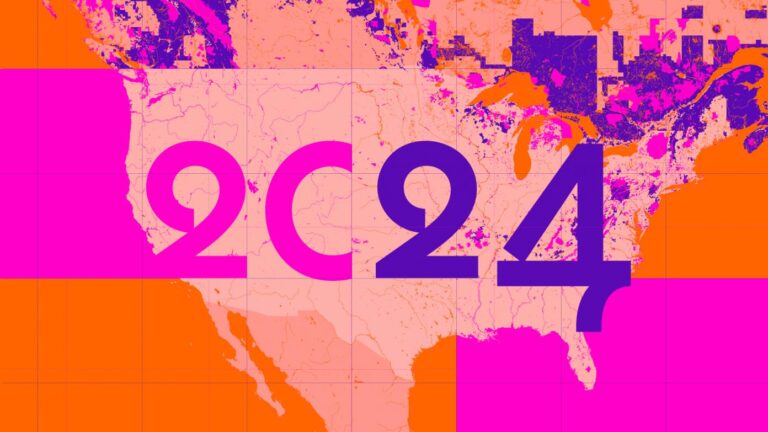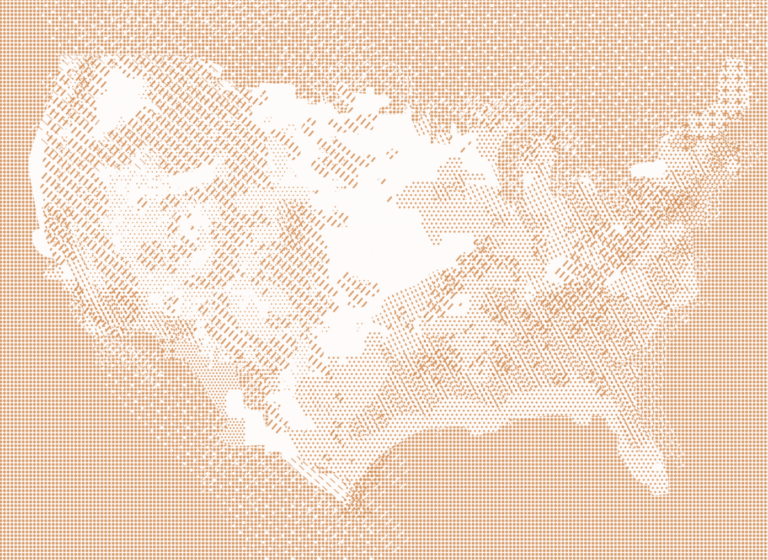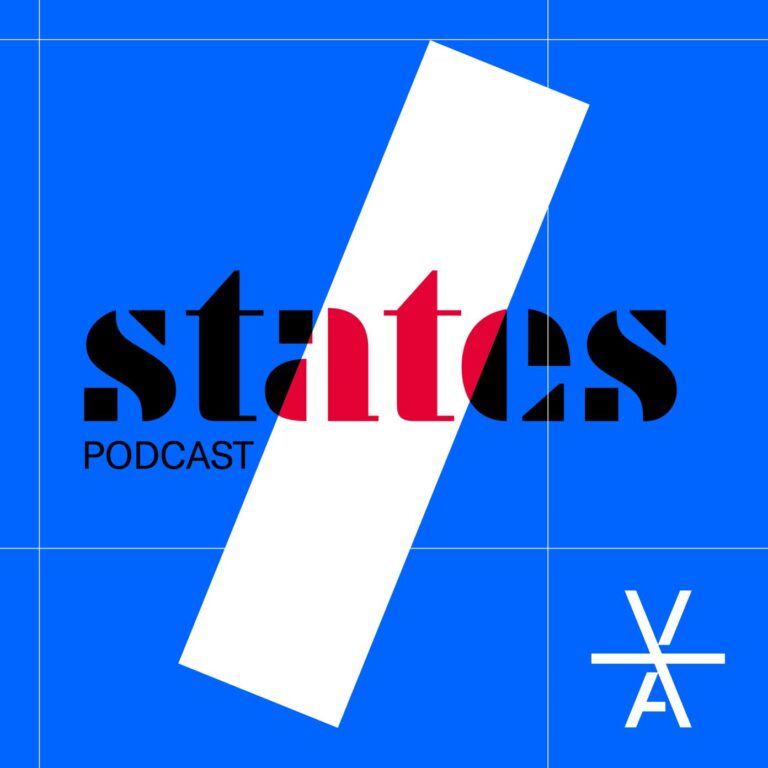
Andrés Baron
Video artist
May 2022
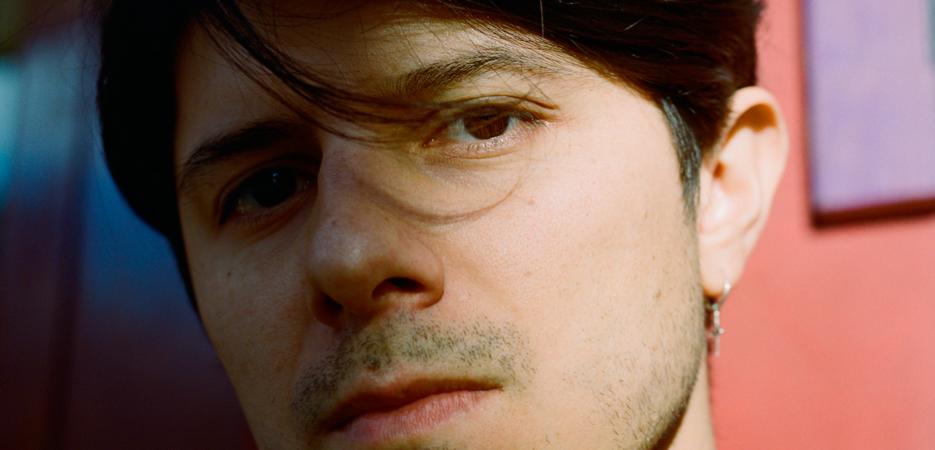
Louise Desnos
- Visual Arts
- New York
“As I am interested in creating movies with structures other than verbal writing, I compose my films following schemes, drawings, and other systems of graphic representation.”
I was born in Bogotá, Colombia. Having studied visual arts there, I decided to settle in Paris for a master’s degree at École des arts décoratifs (ENSAD). I started thinking about moving images through photography and, later, performance. I am interested in making films that don’t rely on verbal scripts. I use diagrams, drawings, and other forms of graphic depiction to produce films and ask my friends to play in them.
Film characters are not played by bodies alone, but also by objects and aspects of popular imagination, such as mirrors, printed images, and landscape backgrounds. These features have prompted me to consider the fleshy side of flatness, the non-perspective dimension of film—formal qualities that have helped me play with identity spontaneously and discover new approaches to video.
Having explored a few methods myself, I began revisiting often-unnoticed works and artists in art history, those the public rarely see. The idea of dealing with different cinematographic grammars emerged in my mind; I wanted to unearth plays that deserve to be revisited in regard to dialogue and plastic form.
Born in Bogotá, Colombia, Andrés Baron lives and works in Paris. His approach, which focuses on spaces of representation, deals with images that have been altered by screens and networks. He is an École nationale supérieure des arts décoratifs (ENSAD) graduate, and his work in video, photography, and film has been shown in a range of places and exhibitions, including the International Film Festival Rotterdam (NL), the Edinburgh International Film Festival (UK), New York’s Anthology Films Archives, the LA Film Forum, the Toronto Images Festival, and Le Bal, in Paris.
My project for Villa Albertine is called Surfaces dépliées Unfolded Surfaces. It is about defining a non-verbal approach to scripts for my videos and films. For this search for a plastic grammar combining different methods from concrete poetry, the spoken word, and performances, I took an interest in the work of American artists Stuart Sherman and Ellen Cantor, and their approach to drawing as a basis for action.
The idea is to explore a potential shift in the classic model of cinematographic language where the screenplay, dialogues, roles (identities), actions, camera movements, and editing forces a logical reading space upon the viewer. I will experiment with new grammars of audiovisual expression–hence the importance of drawings, collages, writings, and Stuart Sherman archives as sources of inspiration. His unique approach to body language has not been used and explored much by artists in the field of moving images.
During my residency, I will switch between this exploration and the creation of new scripts for a series of films.
A “rented island”–that is how Jack Smith described Manhattan in one of his performances (The Secret of Rented Island), underlining his stance against ownership of space and land. Surfaces Dépliées starts with the little-explored history of the 1960s and 1970s New York City loft performances, focusing on The Fales Library and Special Collections, where the crucial archives of artists such as Stuart Sherman are being stored. Fast-forwarding to the 1990s and 2000s, I will explore Ellen Cantor’s work, whose video art is distributed by Electronic Arts Intermix (EAI), and that of Sherman. The idea is to visit EAI’s viewing room to study their body of work.
What interests me about this quintessential New York context is the convergence of various practices, such as art, cinema, theatre, literature, music, and dance. This research will enrich my work and provide a space to define a new context in contemporary cinematographic and video practices, one whose geography is now malleable and unfixed.
In partnership with
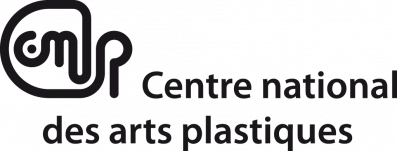
Centre national des arts plastiques (Cnap)
The Centre national des arts plastiques (Cnap) is a public institution under the French Ministry of Culture. It manages over 105,000 works from France’s national contemporary art collection, the Fonds national d’art contemporain. It aims to support and promote artistic creation in France, and assists artists and art professionals with their projects.

